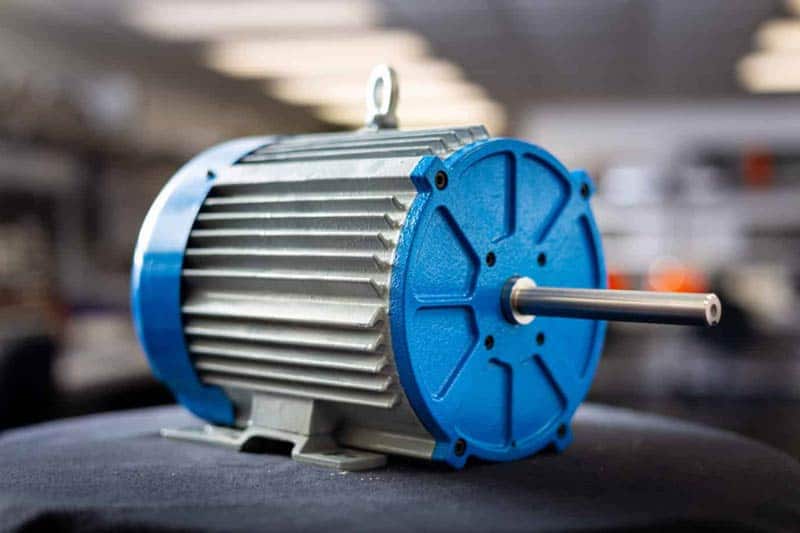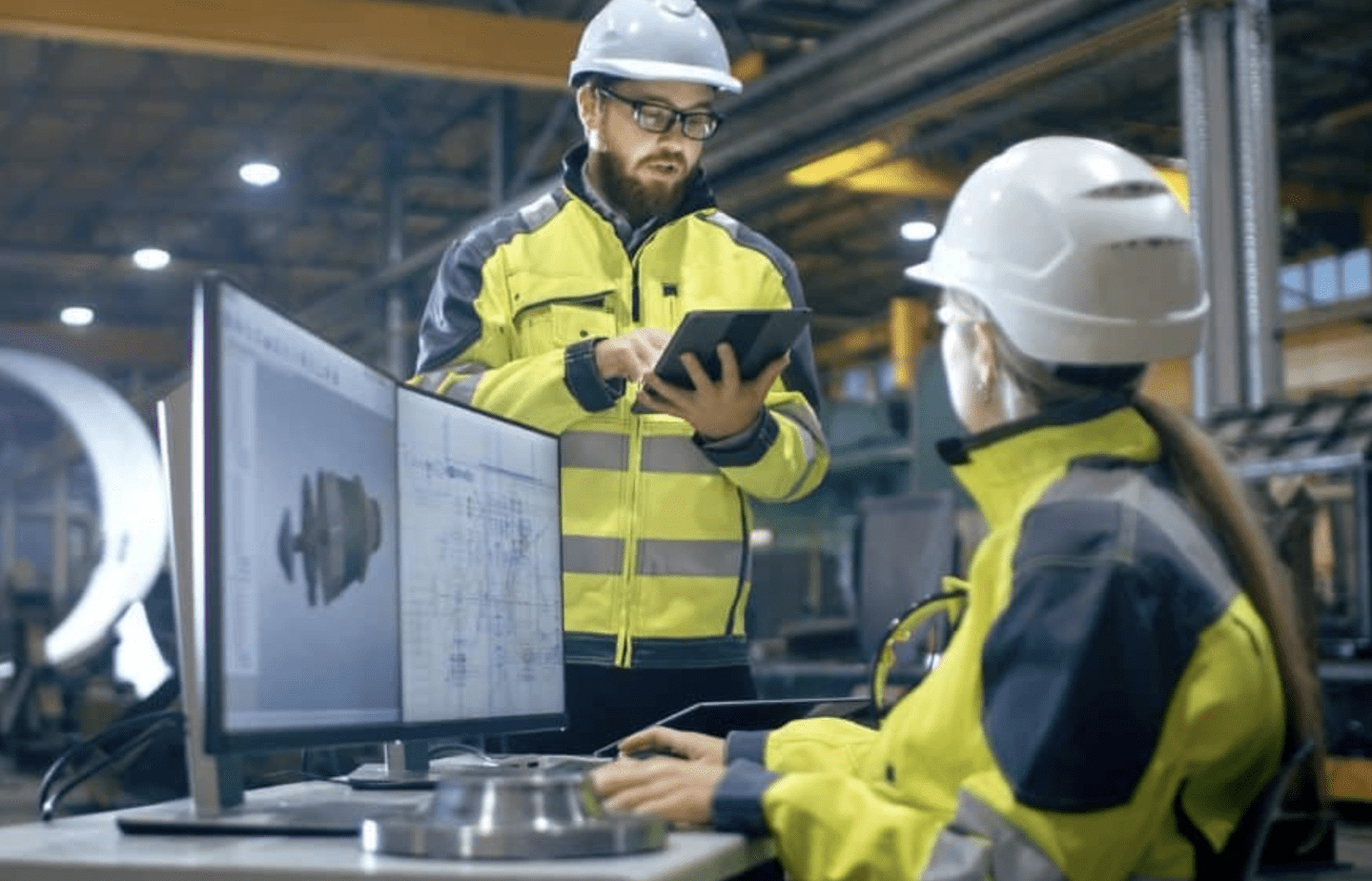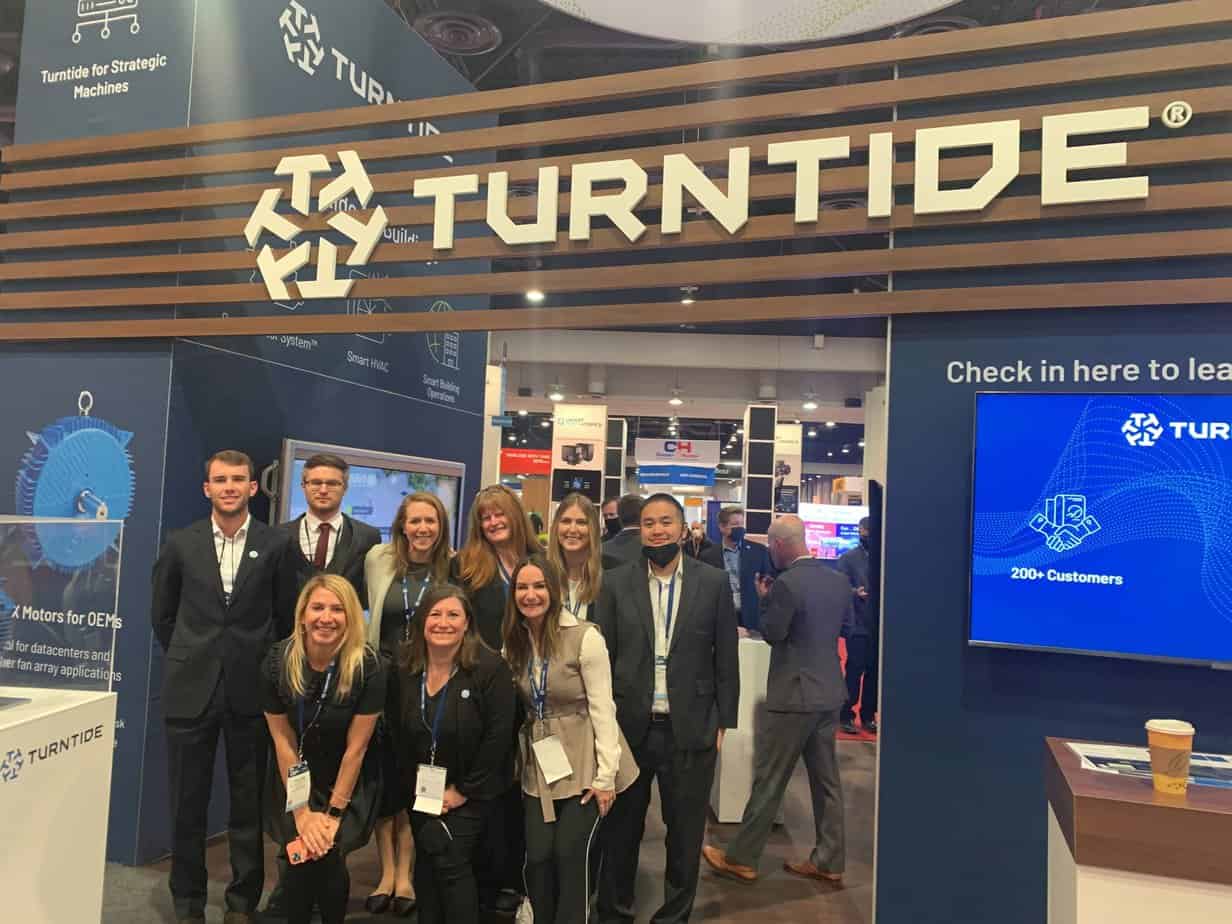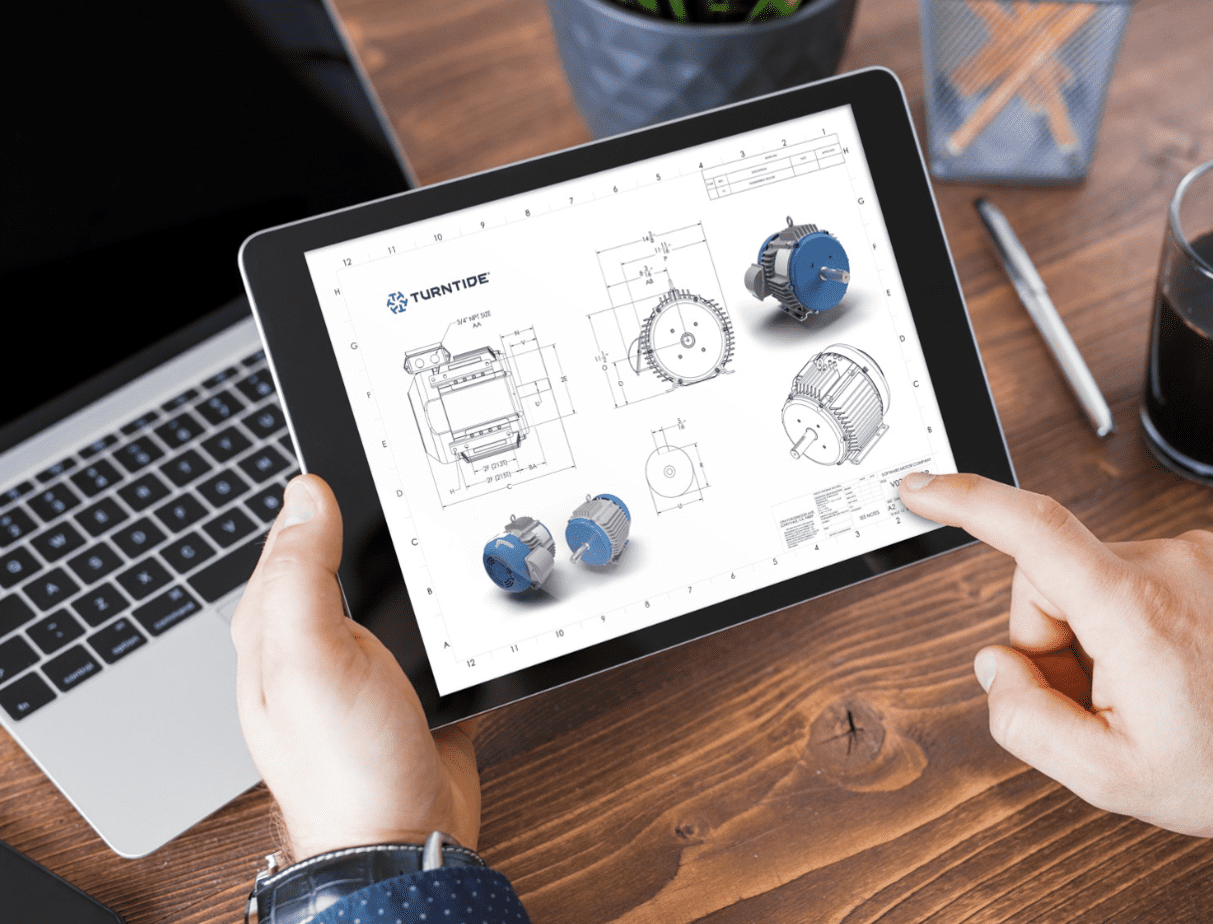Being a sustainable business is no longer optional. Increased regulations, volatile energy costs, consumer demands, and a changing political landscape make it necessary. However, many companies, solely focused on the compliance aspects of sustainability, fail to recognize that investing in sustainable operations can be a powerful accelerator of growth and a driver of business transformation that is key to staying competitive and attracting top talent.
A study from MIT and Boston Consulting Group* found that while 90% of executives consider sustainability important, only 60% incorporate sustainability into their strategy, and a mere 25% have sustainability incorporated into their business model. Redefining sustainability as an integral part of your operations is an opportunity to leapfrog your competition today and will soon be essential to maintaining your market position.
When most companies begin a sustainability initiative, their first step is often an upgrade, like switching to LED lightbulbs. While measures like this deliver savings, they are just the first step. At its core, sustainability is about systems and their interdependencies and the impact that the operation of those systems has on the environment and society. Forward-thinking companies recognize that they need to approach their sustainability strategy from a systems thinking perspective – focus on the interactions and outcomes produced by the systems rather than focusing on individual components in isolation.
This type of thinking pays off. When Home Depot began remote monitoring and diagnostics of rooftop HVAC units (RTUs), they were able to identify areas of waste and inefficiency at a larger scale. By harnessing the power of digital technology, optimal-efficiency equipment, and insights derived from analytics, they shifted from scheduled maintenance to a predictive maintenance strategy and were able to address 80% of faults remotely, reducing work orders by 30% and technician visits by 20%.
Despite the potential savings, some industries have been late to start their digital transformation, burdened by tight margins and limited budgets. Digital investments are seen as expensive and complicated, with many companies stuck in legacy systems that lock them out of the best new technologies.
But that is changing. What was seen as complex and expensive is now easier and more affordable. Now it is not only economically viable for companies to act environmentally and socially responsible, but it is also economically advantageous. For the first time, doing good is good for business. Companies can focus on a double bottom line, delivering increased profitability and making a societal impact.
As companies begin the digital transformation to evolve their sustainability strategies, optimal efficiency equipment, IoT, and AI will be essential to transform their operations and radically increase efficiency at scale. However, the effectiveness of these data-driven technologies can be limited by blindspots from older unconnected equipment, walled gardens, and silos created by proprietary systems, and deluges of unactionable alerts and notifications that create unnecessary noise. When additional smart equipment is integrated into existing proprietary systems, complexity increases, as does the difficulty of unlocking the next level of value.
Transformation is not a single event; it is an on-going process. To navigate your transformation to sustainable operations, you can follow this simple path.
Step 1: Conserve
The first step is conservation. By investing in intelligent, connected equipment, you can see immediate ROI with energy savings that can fund further investment. For example, a national retailer is retrofitting HVAC systems in all its stores with optimal efficiency motors and is on track to save over $2.6 million and 20M kWh of energy a year, the climate impact equivalent of planting 19,000 acres of forest. The savings created by the equipment upgrades are funding their second phase of investment in sustainable operations.
Step 2: Monitor and control
After initial energy savings provided by the equipment upgrades, the next step is ongoing monitoring and control. You need visibility into the performance of your equipment and across your entire portfolio of buildings. This monitoring provides the data essential to control energy usage and spending at every level. Adjusting runtime to eliminate wasted energy during times of low occupancy, avoiding peak pricing for utilities, and lowering maintenance costs by pinpointing issues with remote diagnostics instead of truck rolls are just a few examples of how you can drive ongoing savings. ROI calculators can also help quantify other savings generated from extending the lifetime of equipment and shortening the payback period with utility rebates. Customers also benefit by staying in compliance and avoiding fines, taking advantage of rebates and tax incentives, and tracking IRR and payback periods for energy conservation measures. Empowered with the data to make smarter decisions, businesses are more resilient and better able to deal with change and volatility.
Step 3: Optimize
The third step is optimization. Taking the insights from the data, you can determine best practices that will achieve the optimal balance of energy efficiency and protecting the health and safety of your customers and employees. Insights derived from this data can be used to drive continual improvements and optimization. An example of this is optimizing conditions to adjust indoor air quality, increasing the flow of outside air to address health and safety concerns. Since change is constant, the ability to remain agile and responsive is crucial.
Step 4: Automate
Then the final step is automation, using intelligent problem identification, AI, and predictive maintenance to scale best practices, reduce costs, and improve your margins. For example, facilities management changed during COVID. Previously building conditions were typically optimized around occupant comfort, but during COVID, health and safety issues related to indoor air quality became increasingly important. Resilience is about being responsive to change, but also about harnessing impact at scale. Being able to adjust conditions based on changing occupancy levels was not just important at the building level, but across all locations as regulations varied geographically.
Sustainability technology can guide you through this transformation, enabling you to:
- Protect your employees, conserve energy, and see immediate ROI with intelligent equipment designed for optimal efficiency
- Transform your operations and increase your margins by monitoring and optimizing your facilities for continual savings that go right to your bottom line
- Future-proof your business. Easily integrate new technology with this open platform and use your track record of environmental impact to win business and attract top talent, so you can easily adapt to change.
Now is the time for your business to rethink sustainability and the transformative effect it can have on your business and the planet. Operational sustainability is financial sustainability. You no longer have to choose between the bottom line and doing good. You can be a bottom line hero and help your company do its part to save the environment.
*Source: BCG The Business of Sustainability
What's New
Take the Next Step
Talk to our team to see how we can help you save energy and boost your bottom line.
Schedule Consult





